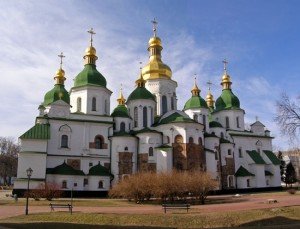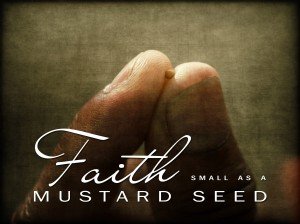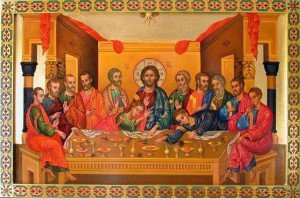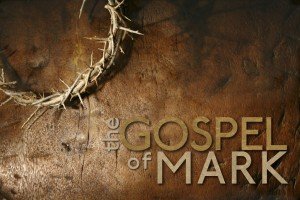I would preface my sharing of Maximus’ thoughts on man this week by repeating a paragraph that I used to end last week’s installment. This is how last week ended.
As Maximus stated, the natural participation of man in God is not a static givenness; it is a challenge, and man is called to grow in divine life. Divine life is a gift, but also a task which is to be accomplished by a free human effort. This polarity between the gift and the task is often expressed in terms of the distinction between image and likeness
In Greek, the term homoiosis, which used for the word likeness in Genesis, suggests the idea of dynamic progress (assimilation) and implies human freedom. To use an expression of Gregory Palamas: Adam, before the Fall, possessed the ancient dignity of freedom. Thus there is no opposition between freedom and grace in the Byzantine tradition: the presence in man of divine qualities, of a gracewhich is part of his nature and which makes him fully man, neither destroys his freedom, nor limits the necessity for him to become fully himself by his own effort; rather, it secures that cooperation, or synergy, between the divine will and human choice which makes possible the progress from glory to glory and the assimilation of man to the divine dignity for which he was created.
So what is being said? God’s grace or help us part of our very nature. This makes sense when we believe that life is an actual sharing in God’s own Divine Life and that we are not separate from our Creator, even though we are individualized expressions of His life (This is also how we can say there are Three Persons in God and yet one God. Each Person in the Godhead is unique and distinct and yet they form but one Godhead).
Since God created us with free will, He also established a process by which we make progress toward union with Him. God created human life in such a way that it presents all of the challenges needed for us to grow – challenges which are unique for us – and these challenges continue until we freely embrace our destiny of becoming more united with God.
I know this sounds very complicated! I think that it is always important to assert that God calls us to union with Him but He doesn’t force this union on us. Rather, He keeps calling us and allowing life to provide a vast number of opportunities to learn that it is in our best interest to embrace the effort of growing in His image and likeness.
The understanding of man as an open being, naturally possessing in himself a divine spark and dynamically oriented toward further progress in God, has direct implications for the theory of knowledge and particularly for the theory of the knowledge of God. The Byzantine idea of man is much more open and respectful of man’s dignity as truly a Temple of God.
God doesn’t force us to love Him!


 I assure you, if you had faith the size of a mustard seed
I assure you, if you had faith the size of a mustard seed

